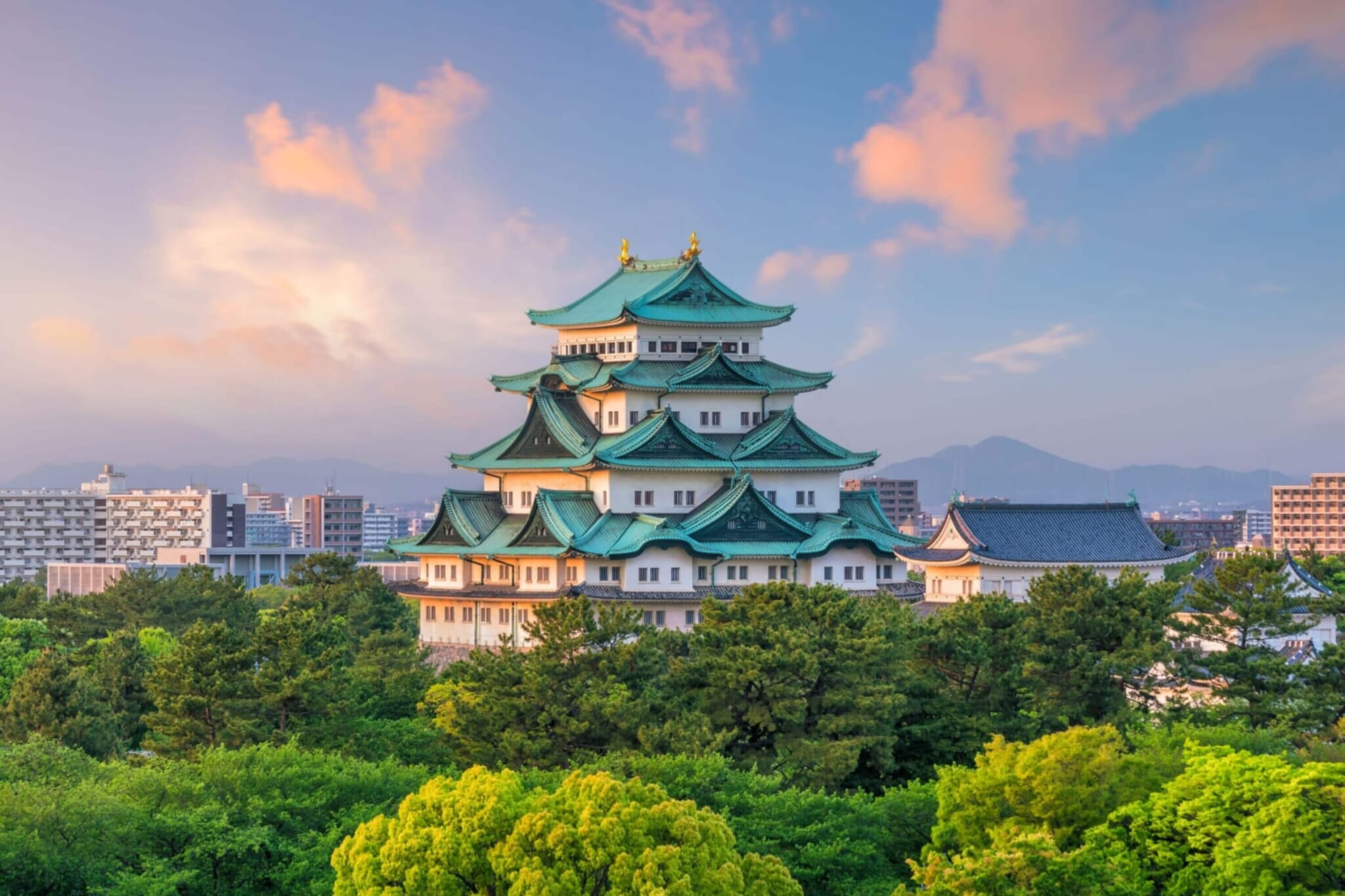Nagoya is Japan’s fourth-largest city with a population of about 2.3 million. Located less than two hours away from Tokyo on the bullet train, the capital of Aichi Prefecture is also a great weekend destination. Its revitalization over the last decade or so transformed the city into a cool metropolis with modern architecture, great museums and still lots of old-fashioned samurai charm. Nagoya made Time‘s list of the World’s Greatest Places of 2023, one of only two Japanese cities.
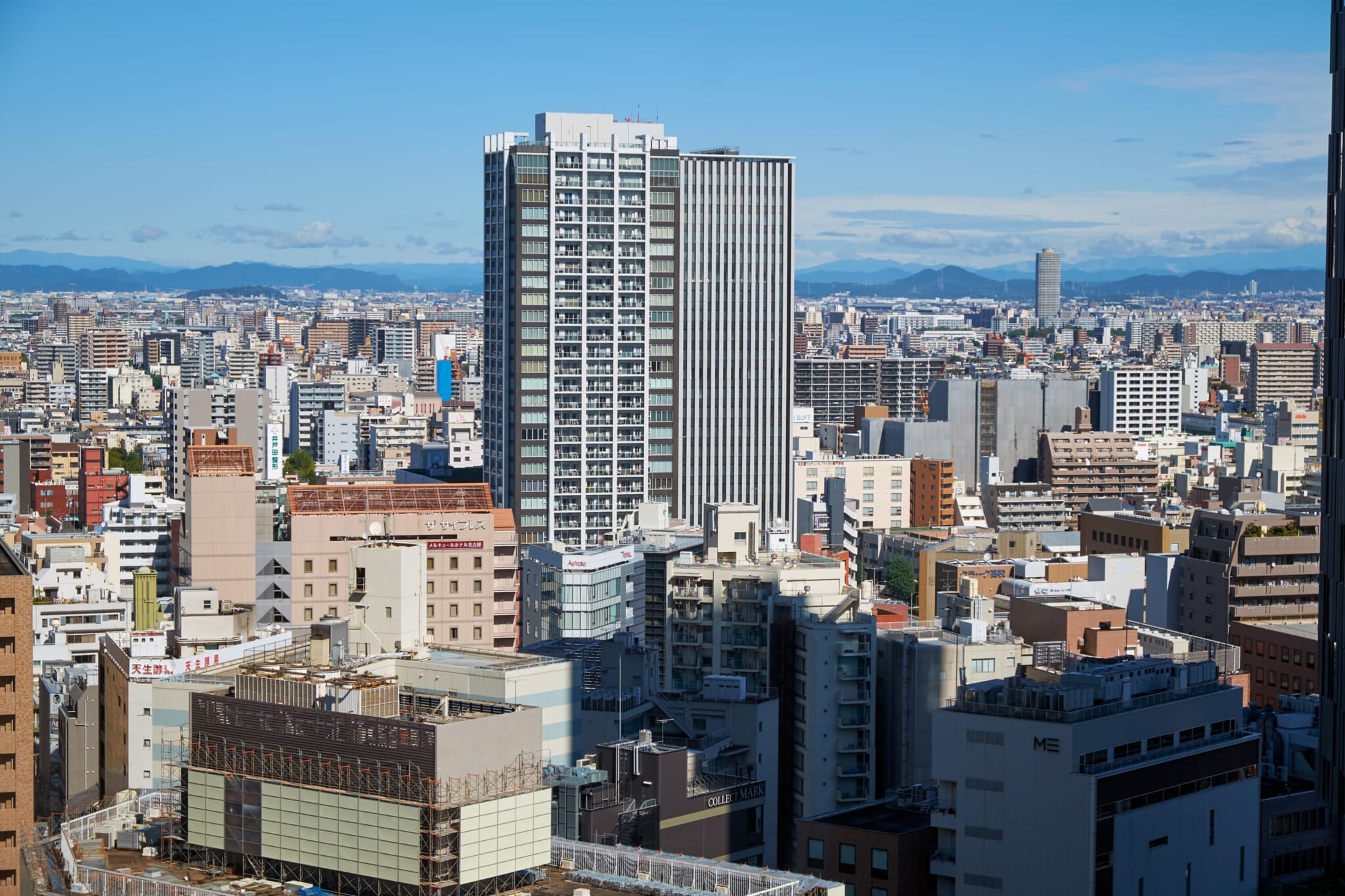
Photo by Serg Zastavkin via Shutterstock
Day 1
Nagoya Station and Tokugawa Art Museum
Nagoya is a sprawling city with lovely views of the Japanese Alps. The best place to take it all in is the Panorama Salon, located 245 meters above ground level on the 51st floor of the Towers above JR Nagoya Station. Then, go down to the restaurant floors, where you can sample some local specialties. A tourist favorite is the famous Yamamoto-ya Sohonke, which serves all kinds of udon dishes flavored with miso. Nagoyans use miso on practically everything!
On your first day, spend a few hours in one of Nagoya’s many excellent museums. A must-see is the Tokugawa Art Museum, which houses the personal possessions of generations of the powerful Owari-Tokugawa clan, whose lives and fortunes were inextricably linked with Nagoya since the early 17th century. The biggest attractions here are the original 12th-century sections of The Tale of Genji, one of Japan’s most famous epic novels. Alternatively, visit the Nagoya City Science Museum. The institution boasts striking architecture thanks to its planetarium, the world’s biggest at 35 meters in diameter. In another showroom, dress for freezing weather — minus 30 degrees Celcius to be exact — to see indoor polar lights.
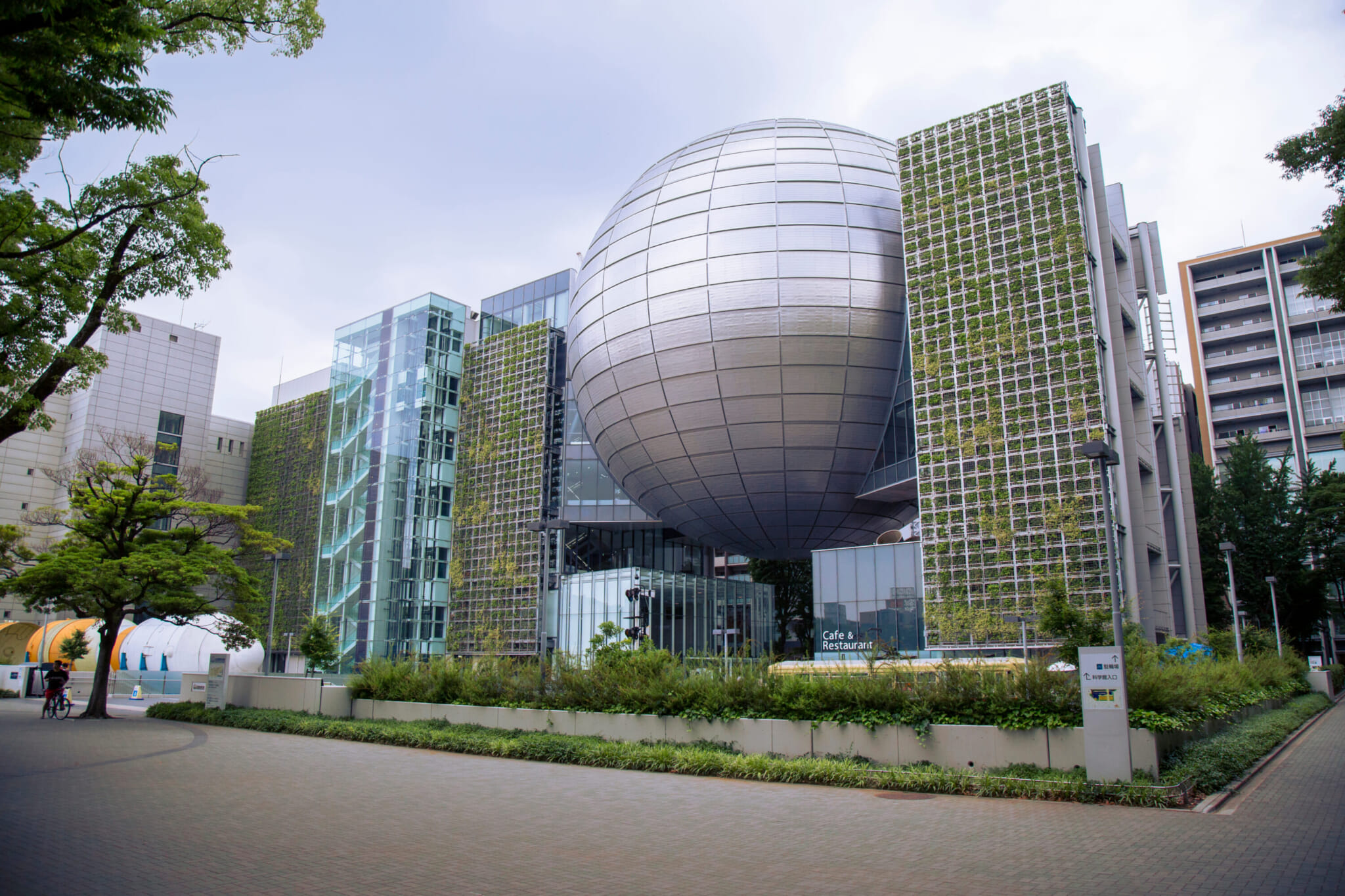
By this time, you should be ready for some serious Nagoya cuisine. Three dishes take places of honor in every local’s heart: kishimen, which are broad and flat wheat noodles served in a piping hot soup stock and garnished with chopped green onions and a sprinkling of ground chili pepper; misokatsu, which is the local version of everyone’s favorite tonkatsu, except here it’s slapped on with a thick miso sauce; and Nagoya cochin (chicken), which is famous throughout Japan for its tastiness. You’ll find a decent kishimen stand or misokatsu restaurant in any major train station or shopping street. For a taste of Nagoya cochin, an old-style yakitori restaurant called Torigin has been serving cochin for years (including to members of the Imperial Family).
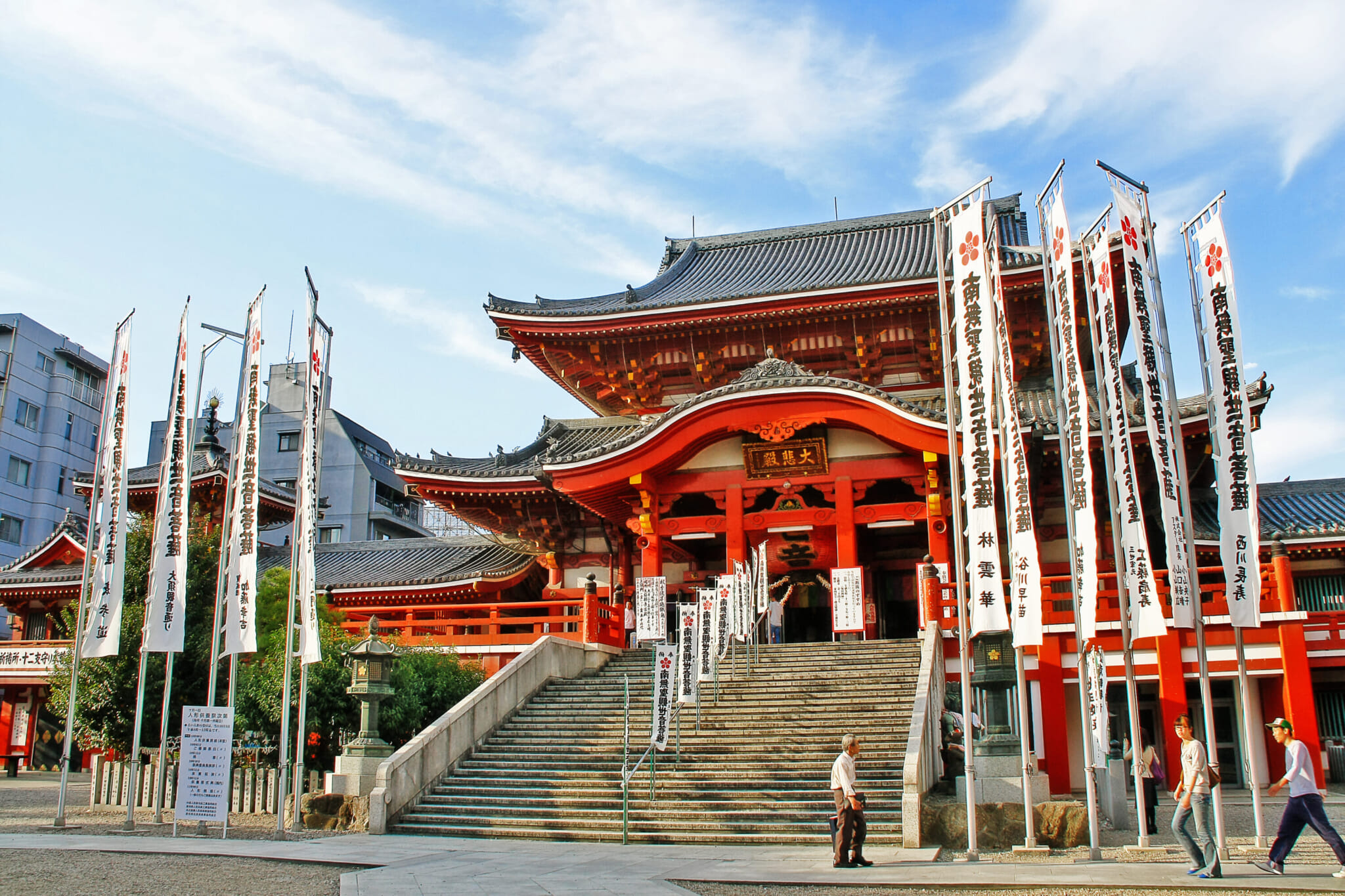
Photo by b-hide the scene via Shutterstock
Day 2
Temple-hopping, Shopping and Ghibli Park
Culture up on your second and last day in Nagoya. Head out to the Osu Kannon Temple, a popular place of worship for Nagoya residents that dates back to the Kamakura Era (1192-1333). The temple was originally located in neighboring Gifu Prefecture, but the powerful shogun Tokugawa Ieyasu moved it to its present site in 1612. Unfortunately, the buildings you will see are now reconstructions, but they are interesting just the same. A famous flea market also takes place on the temple grounds on the 18th and 28th of each month.
Afterward, stroll through the old shopping street next to Osu Temple that’s been turned into a funky arcade full of little crafts stores, traditional sweets and sembei (cracker) shops and some bargain boutiques. If you walk down far enough, you’ll find yourself in front of Komehyo, a local pawnshop that has overnight become an incredibly successful retailer of all kinds of secondhand goods including jewelry, handbags and clothes. It’s now a Nagoya institution and the favorite source of luxury of value-conscious Nagoya career women.
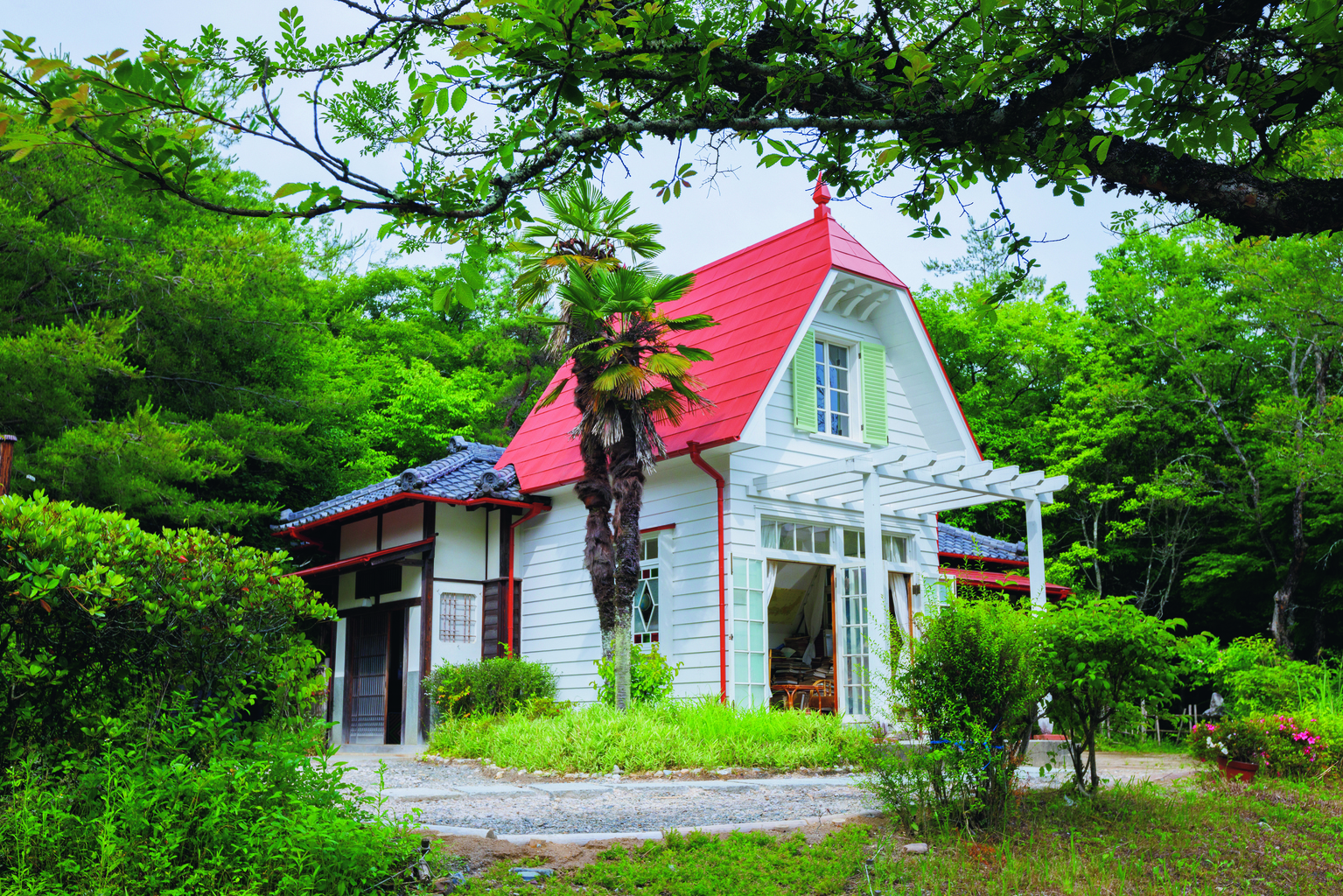
©STUDIO GHIBLI
Fans of popular Japanese culture who might not feel like temple-hopping or window-shopping should head to Nagoya’s new Ghibli Park. Take a 9.2km ride on the Linimo, Japan’s first commercial maglev linear motor car, which can travel up to 100 km per hour. Ghibli Park serves as an extension of the Tokyo Ghibli Museum and pays homage to Ghibli’s most influential titles. Parts of the museum have yet to be revealed, so keep an eye out for updates on the park’s official website.
Before heading back to Tokyo, don’t forget to visit Nagoya Castle Park (known to the locals as Meijo Park). The castle on the park grounds was originally built by Tokugawa Ieyasu in 1612, but it was destroyed during the bombings of World War II and rebuilt in 1959. This beautiful castle, with a pair of golden fish visible on its roof, has become the proud symbol of Nagoya.
Interesting in a guided tour of Nagoya? Travel company Nagoya Is Not Boring offers unique experiences led by knowledgeable locals with a passion for the city.
This article was originally published on May 3, 2005. It was updated by TW staff on April 11, 2023.
Updated On April 24, 2023

